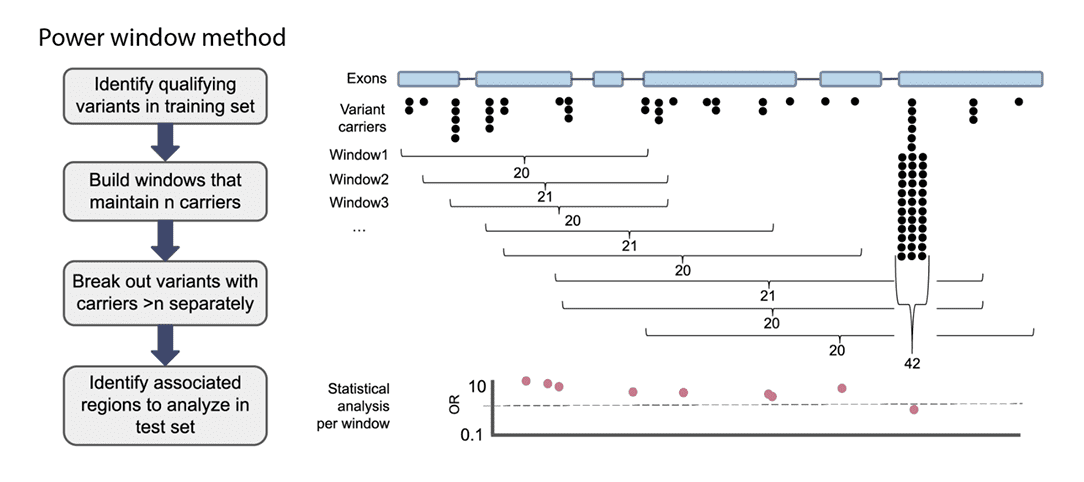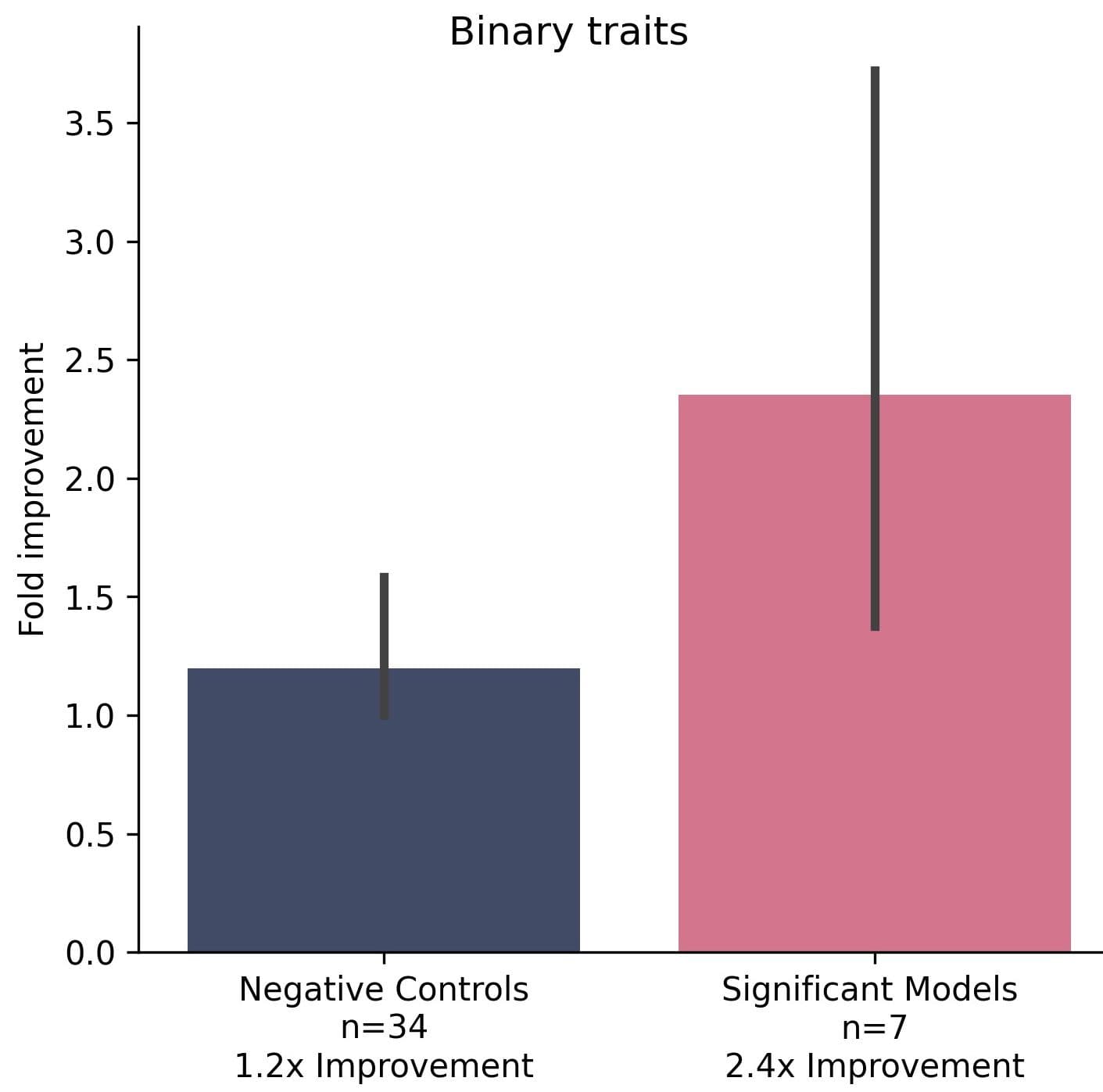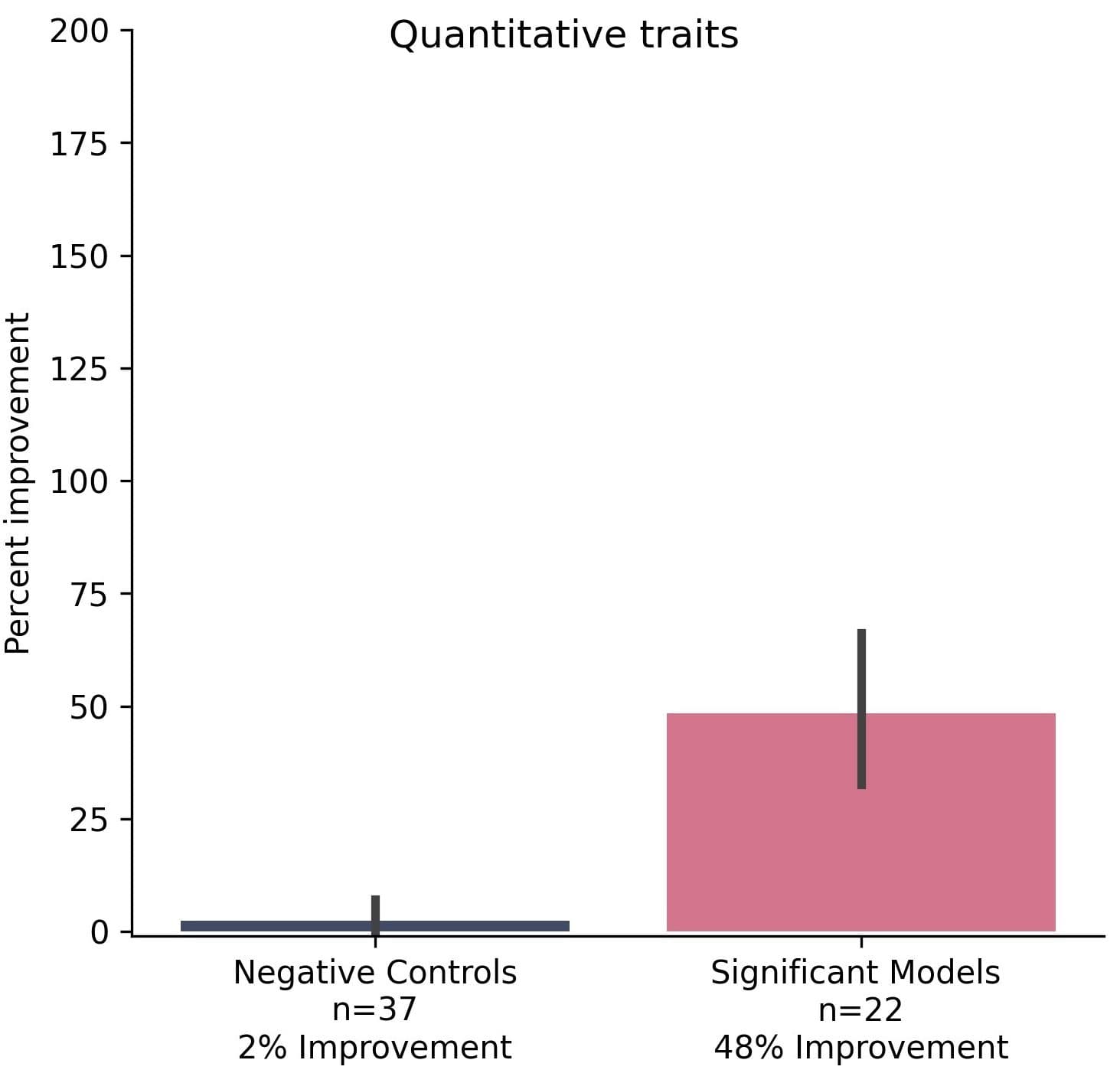Power Window Method Improves the Ability to Evaluate Clinical Impact by 2.4x

In the past, it’s been difficult to determine with consistency whether or not a new or rare mutation in a gene actually causes a disease and has clinical impact, even if it is well known that the gene and the disease have a clear relationship.
Some prior methods have tried to find clinically impactful regions of a gene by grouping mutations or parts of the gene together, but this makes it hard to tell if regions without statistical associations are actually not associated, or if we just don’t have a big enough “n” for the analysis to be able to tell us anything meaningful.
Helix has developed a new patent-pending technique called Power Window, which instead groups variants and regions by the number of mutation carriers, in order to hold the statistical power at the same level and better evaluate clinical impact.

After testing this technique in 460K exomes, we found it was able to improve the ability to predict whether or not a gene causes a disease (or its pathogenicity) by 2.4x vs. the typical method, as well as improve the ability to predict a gene’s impact on quantitative, measurable traits (e.g. height, weight or blood pressure) by 48%.


The Power Window method will be particularly useful for identifying:
- When certain transcripts of a gene are important (like with the gene TTN, where parts of the gene are expressed in the heart and can impact someone’s risk for cardiomyopathy),
- When the association signal for a gene is in a specific place (like with LDLR, where additional portions of the gene are associated with higher LDL, and thus higher cholesterol levels), and
- When mutations in different regions affect different observable traits or have opposite directions of effect (like with the gene GCK, commonly associated with diabetes, where some mutations cause increased glucose levels, while others cause decreased levels).
Helix scientists are always striving to bridge the gap between what we can see in a patient’s genes and what that means for their clinical care. This innovative technique is crucial because it can improve variant interpretation, define new associations and overall improve our understanding of disease biology and drug targets together in a much more accurate and precise way than ever before. Every health system we partner with to launch a population genomics program within their community will have the ability to work with us to apply this unique research method on their dataset to better evaluate clinical impact.
To learn more about how the Power Window technique improves clinical impact, read our publication here.
To discuss the benefits of launching a population genomics program, reach out to partners@helix.com.
Categories